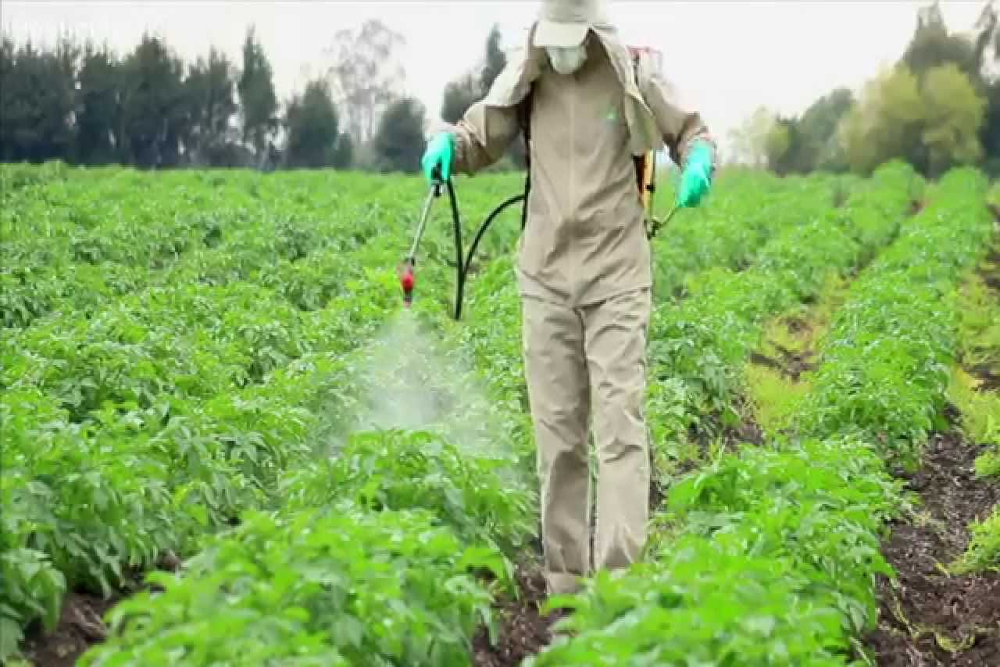
GMO Myths and Truths: What You Need to Know about GMOs
Many of us have become convinced that genetically engineered (GE) foods and genetically modified organisms (GMOs) are harmful to health and the environment. But how can you effectively respond to friends and family who have fallen for the oft-repeated fallacies and myths about GMO safety and efficacy?
Claire Robinson is the editor of GM Watch, which is based in the U.K.. Together with genetic engineers Drs John Fagan and Michael Antoniou, she also co-authored the book "GMO Myths and Truths," which can be a very helpful resource.
April 24, 2016 | Source: Mercola | by Dr. Mercola
Many of us have become convinced that genetically engineered (GE) foods and genetically modified organisms (GMOs) are harmful to health and the environment. But how can you effectively respond to friends and family who have fallen for the oft-repeated fallacies and myths about GMO safety and efficacy?
Claire Robinson is the editor of GM Watch, which is based in the U.K.. Together with genetic engineers Drs John Fagan and Michael Antoniou, she also co-authored the book “GMO Myths and Truths,” which can be a very helpful resource.
I was really impressed with Steven Druker’s landmark book, “Altered Genes, Twisted Truth,” which decimates most of the GMO proponent arguments. Sadly most proponents fail to ever read his book.
Steven’s book is longer and a more challenging read for most, while “GMO Myths and Truths” is very concise and to-the-point, and it does a great job of providing you with strong arguments to effectively counter nonsensical GMO propaganda.
Robinson has been involved in the GMO debate since 1999. Her initial concerns were not incited by environmental groups, but rather by scientists.
“I knew some genetic engineers in the 1990s,” she says. “They were warning about the possible effects on health and the environment of genetically modified foods. At the time, I just didn’t want to think about it because there were too many other things to worry about.
But it became increasingly urgent that we do something, because before we knew it, there was talk about Monsanto wanting to genetically engineer every food crop on the planet, and I thought, “This is something we should be concerned about.”
The scientific voices did not die away. They were still warning about the possible effects of these foods. That’s really how I got involved…
[My co-authors and I] noticed there was this rumor out there that activists against GE crops had no science on their side, that they were uneducated, and that they were irrational. We knew that that wasn’t the case.”
That’s what led to the creation of the book. In fact, it was written for the explicit purpose of arming people with facts to counteract claims that there is no scientific basis for concern.
Myth: GMOs Are Just an Extension of Natural Breeding Techniques
Many GMO proponents claim that genetic engineering is just an extension of natural breeding methods, and just as safe. Nothing could be further from the truth — on both counts.
Genetic engineering is radically different from conventional breeding techniques used to improve a crop. For starters, it’s a laboratory-based technique allowing scientists to create a food that could never be created by nature. As explained by Robinson:
“Genetic engineering enables DNA to be transferred not only between different kinds of plants, but even between different kingdoms. You can take DNA from an insect, an animal, a virus or a bacterium, and insert it into the genome of a food crop plant.
This is actually a very imprecise process. The truth is that the genetic engineering process disrupts the genome (organization and function of genes) of the plant. As a result we found time and time again that there are unexpected effects on the plant that is genetically engineered.
They tell us that it’s exactly the same, except for the inserted gene that’s been deliberately put in…But this isn’t the case. The genome is very complex. It’s not like Lego; you can’t just take out one bit, put in another bit, and expect there to be no knock-on effects.”
https://www.youtube.com/watch?v=grT4foCCP78
